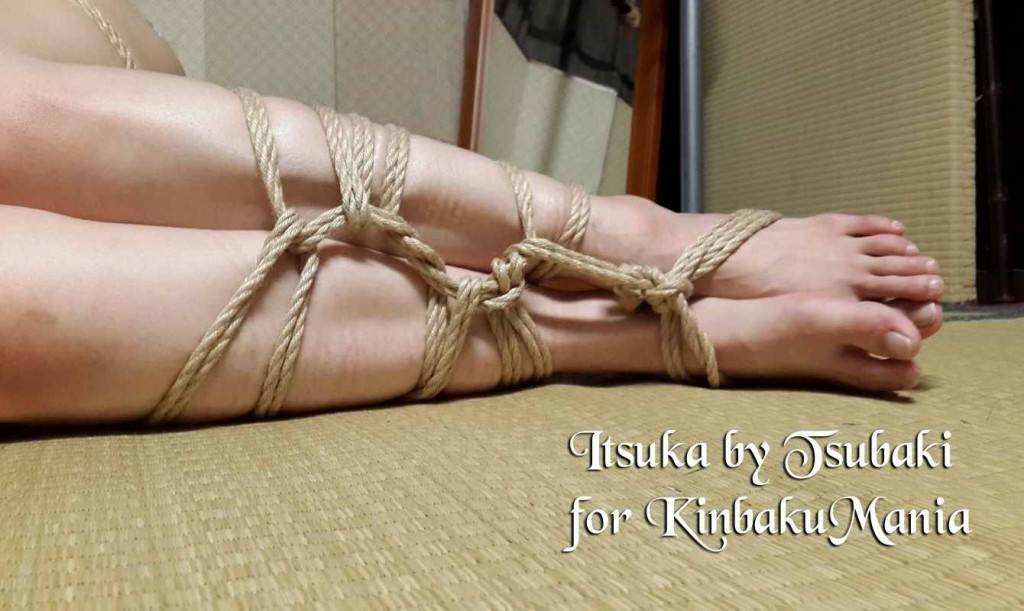The rope session has just ended. You feel the world surrounding you slowly getting back while your body starts to yearn for that warm tight hug from your rigger’s ropes that is now gone. You take a deep breath with a smile over your face. You have no doubt that this experience has been unique and you’ll be more than willing to repeat it.
Those could be the final words of any good Kinbaku session chronicle from the perspective of the person who had taken the rope model’s role. On the other hand that’s what usually makes those who are witnessing the session as spectators broke into a round of applause. As in any art, you don’t have any parameters to define what’s good and what is not, but you can certainly perceive from the watching point of view when some scene brings something up to you.

There will surely be those who would look after the beauty of the position, or looking after the pattern built after applying meters and meters of rope over the model’s immobilized body. That would certainly look good on pictures, specially when you manage to achieve spectacular body positions that amaze those watching them. But let’s leave the spectacular physical contortions to the circus lovers and let’s get a better look on that thing which transforms Shibari / Kinbaku in that special moment that attracts so many rope lovers.
Kinbaku art may be defined as a dance among ropes. It has rhythms, it has synchronicity, it has a subtle reading of what our partner is about to do, and most of all it is something personal that defines ourselves. A good rigger should be able to come into a room where the model had been previously blindfolded and, without any words, manage to transmit his rope art in such a way that the model would have no doubt who the rigger is.
That rigger’s personal imprint is what makes your tying unique and inimitable, brings personality, style and identifies you from the rest. In that way you can attend a Shibari Kinbaku exhibition and never get bored, as each new artist would propose a new dance, a new style to communicate with the model. Their rhythms will vary as their ropes fly through air, and our eyes will no longer be focused only on patterns drawn over that body, or in the spectacular contortions they achieve, but in that dance that is transforming both of them and starts to transmit that powerful energy flow between them. That is what differentiates a simple rigger from a real nawashi ( a rope artist ).
As in any art, its very hard to put it into words no matter how hard you struggle to describe the sensations it provokes. Even the photography isn’t good enough to reflect what that moment implies, and it fails to transmit what you feel during a session. Only a few great camera artists had been able to capture little bits of this elusive art and lets those who had already been into this experience recall those special feelings through the wisely pointed lens, shut in the exact moment where the image transcends what is visible.
In a sensitive world where the art can’t be transmitted through words or pictures it’s important to let ourselves feel that special energy that is present in a real rope session. It’s hard to describe if you hadn’t experienced it yet. But I have no doubt that whenever you had the chance to witness it, or even better experience it as a model, you’ll immediately grasp what I’m saying. You would no longer care about positions, patterns or how spectacular they might be. Your mind will step forward, and as Alice in the mirror, you’ll enter a unique world where time flows differently and words are superfluous. That day, no matter if you are a spectator or a model, when you let to dance at nawashi’s rhythm, you would have started to understand this wonderful art of Kinbaku.
